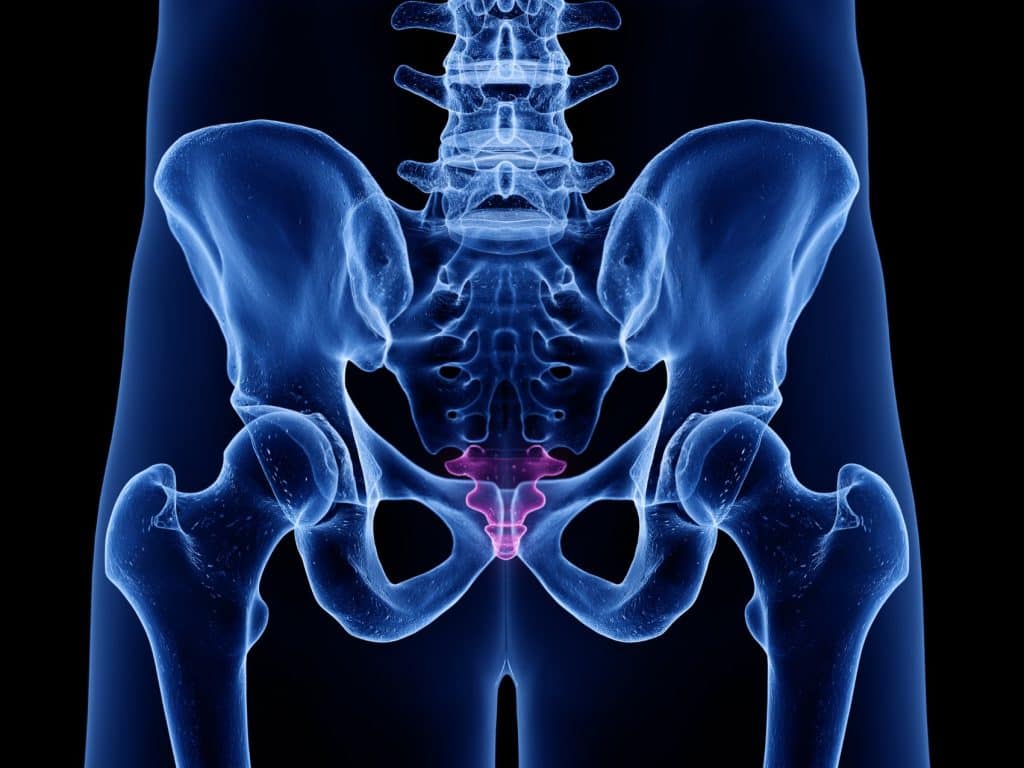
Pilonidal disease is a chronic condition that is often misunderstood and misdiagnosed, leading to unnecessary discomfort and anxiety for those affected. This blog aims to demystify pilonidal disease, providing a comprehensive understanding of its symptoms, causes, and the importance of consulting a specialized pilonidal disease expert.
Definition of Pilonidal Disease
Pilonidal disease refers to a condition where cysts or abscesses develop in the crease of the buttocks, near the tailbone (coccyx). These cysts can become infected and are characterized by pain, swelling, and sometimes, the discharge of pus or blood. The term “pilonidal” means “nest of hairs,” which is significant as the condition often involves hair particles contributing to the cyst formation.
Common Symptoms of Pilonidal Disease
Recognizing the symptoms of pilonidal disease is crucial for timely and effective treatment. Common symptoms include:
Pain and Tenderness: The area around the tailbone becomes painful and sensitive, especially when sitting.
Swelling and Redness: The affected area may appear swollen and red, indicating inflammation.
Drainage: Pus or blood drainage can occur, often accompanied by a foul odor.
Recurrent Flare-ups: Many people experience recurring episodes of pain and swelling.
Causes and Risk Factors
Understanding the causes and risk factors of pilonidal disease is key to prevention and treatment. While the exact cause is unknown, factors that contribute to its development include:
Hair and Friction: Loose hair penetrating the skin, combined with the friction from clothing, can lead to cyst formation.
Sedentary Lifestyle: Prolonged sitting increases the risk of developing pilonidal disease.
Obesity: Excess body weight can contribute to the condition due to increased pressure and friction in the tailbone area.
Age and Gender: Young adults and males are more commonly affected.
The Role of a Pilonidal Disease Surgeon
Consulting a specialist is vital for accurate diagnosis and effective treatment. A pilonidal disease specialist can:
Accurately Diagnose: Differentiate pilonidal disease from other similar conditions like abscesses or skin infections.
Provide Comprehensive Treatment: Offer a range of treatments from conservative management to surgical options.
Offer Personalized Care: Tailor treatment plans to individual needs and lifestyles.
Prevent Recurrence: Give advice on lifestyle changes and self-care to minimize the risk of recurrence.
Treatment Options
Treatment for pilonidal disease varies based on the severity and frequency of symptoms:
Incision and Drainage: For acute cases, a simple procedure to drain the cyst can provide relief.
Antibiotics: Used to treat or prevent infection.
Surgical Removal: In recurrent or severe cases, surgical removal of the cyst may be necessary.
Lifestyle Changes: Weight management, improved hygiene, and reduced sitting can help prevent flare-ups.
Conclusion
Pilonidal disease, while challenging, is a manageable condition with the right care and expertise. Understanding its symptoms and causes is the first step towards effective management. If you or someone you know is experiencing symptoms of pilonidal disease, it’s crucial to seek advice from a specialized pilonidal disease surgeon. Dr. Som’s expertise in this field can provide you with the personalized care and treatment needed for relief and recovery. Schedule your consultation with Dr. Som today to start your journey towards a healthier, more comfortable life.
Previous Post Next Post